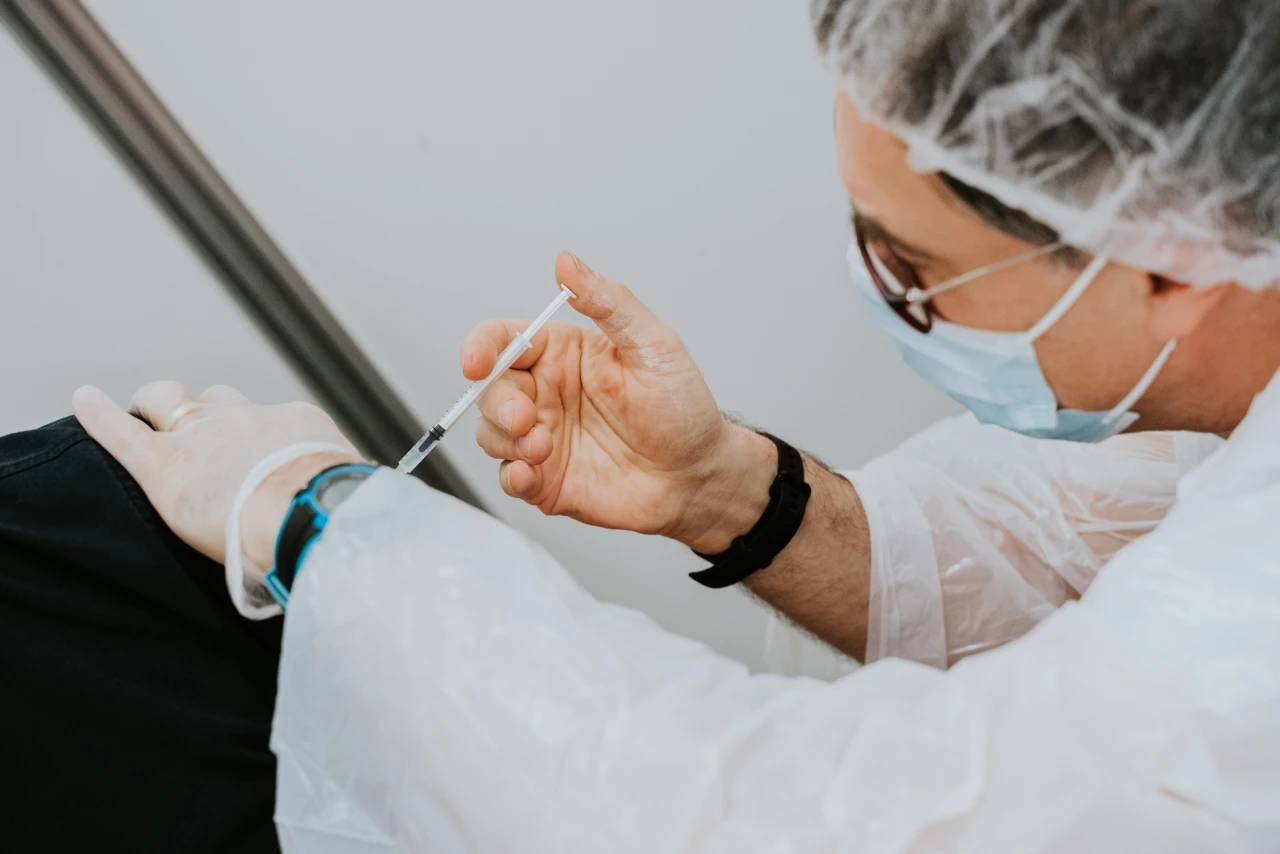Pfizer has turned over the data from vaccine trials on kids under 12. What's next is up to the FDA
On Tuesday morning, Pfizer and BioNTech announced that they have submitted initial results from the Phase 2/3 trial of their COVID-19 vaccine on children between 5 and 12 to the Food and Drug Administration (FDA). This follows an announcement last week in which the companies reported that a dose of 10 micrograms (about one-third the dose given to adults) generated a strong immune response and good safety data. The companies have now submitted this data to the FDA in the U.S., and plan to submit it to the European Medicines Agency in coming weeks.
The Tuesday submission pushed the drug company to the very end of the “sometime in September” window it had set for itself over the summer. In the first phase of vaccine development, Pfizer submitted its information to the FDA on Nov. 20, the panel of outside experts met to give their approval on Dec. 10, and the FDA issued an Emergency Use Authorization (EUA) just one day later on Dec. 11. If the approval of the vaccine for those under 12 holds to a similar timeline, the first children could be receiving their vaccines well before Halloween.
However, it’s not clear if the FDA evaluation will run as smoothly or as quickly as the original approval for adults. In June, both the FDA and CDC added warnings about rare instances of myocarditis and pericarditis (inflammation in or near the heart) associated with both the Pfizer/BioNTech and Moderna vaccines. These instances were more common in younger people, though at every age they were far below the rates of heart damage caused by COVID-19.
In any case, there have already been concerns expressed that the 2,268 participants in the trial may not be sufficient to uncover rare issues that affect children. How this will affect the outside panel’s decisions isn’t clear, but with over 5,700,000 cases of COVID-19 among American children, including over 200,000 cases in just the past week, infections have been increasing rapidly since the start of the school year. Despite concerns about rare side effects, it’s expected that the FDA will approve the best preventative measure for an all-too-common disease.
Like the adult vaccine, the dose given to children is delivered as two injections spaced 21 days apart. Though there is some immune response within days of the first shot, the benefits of full vaccination aren’t available until some time after the second shot. So it’s unlikely that many children will be enjoying peak protection before Thanksgiving.
However, assuming an EUA is issued in October and pediatric doses of vaccine begin to roll out across the nation soon after, there should be good availability before the new year. That leaves open the possibility that as schools bring back students from their holiday break in January, vaccine requirements could be a common for students in kindergarten through college.
Currently, the CDC recommendations do not suggest that schools mandate vaccination. However, the primary reason is that many schools—particularly schools in smaller, rural areas—serve students under 12 in the same building as older students. Following an EUA for children down to age 5, this obstacle will drop away and universal vaccination could easily be added to the CDC recommendations.
In the meantime, the CDC does recommend universal vaccination for staff members, and universal masking for both students and staff. Recent CDC studies have shown that schools with mask mandates are much less likely to have to close because of COVID-19 outbreaks, that communities connected to these schools are less likely to be affected by community spread, and that rates of both infection and hospitalization of students is reduced.
Unfortunately, the list of schools that require masking is limited, especially since multiple Republican governors have attempted to prevent school boards from being able to take this step in protecting students. Similarly, the list of colleges that currently require COVID-19 vaccine for all students shows some sharp geographic boundaries. Though there are dozens of such schools in many states, there are exactly none in Idaho, or Arkansas. or Kansas, or North Dakota, or South Dakota, or Wyoming. Other states, such as Florida, have only one or two schools where vaccination is required.
There’s really no excuse for colleges not to require vaccinations against COVID-19—especially since almost all of these schools require vaccination for a half-dozen or more other diseases. But should the EUA get issued and the CDC revise their guidance, it could usher in a wave of vaccinations at schools from primary grades on.
Defeating diseases like mumps or the measles takes a very high level of vaccination. The same is true of COVID-19. That level of vaccination can only be achieved if children are included in the ranks of the vaccinated. And vaccinating kids is one of the things that models suggest could help the U.S. avoid another “winter spike” in cases and keep trending down toward finally getting this disease under control.

